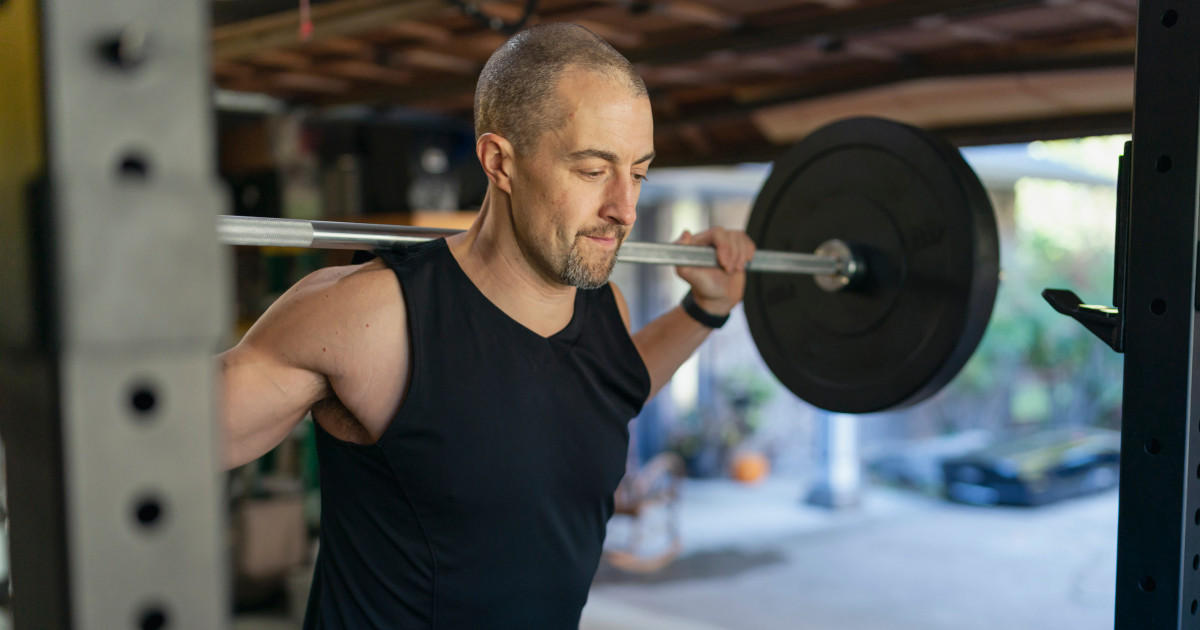Protein & Creatine While You Age
Supporting Muscle Health as We Age
We’re seeing a growing trend among older adults who are prioritizing quality nutrition and active lifestyles. As we age, it’s essential to understand that maintaining overall health and wellness means supporting not just daily function—but also preserving functional muscle through proper nutrition and physical activity. Let’s look at key considerations for aging well, especially when it comes to muscle health.
Understanding Age-Related Muscle Loss
Age-related muscle loss, known as sarcopenia, can begin as early as age 30 and accelerate over time. Older adults (50+) need up to 50% more protein per day than young adults (20 years old). Sedentary individuals may lose 3–5% of their muscle mass each decade. This decline can impact strength, mobility, and recovery. Women often experience these effects earlier than men. However, engaging in moderate to high-intensity muscle-strengthening activities at least twice per week can significantly help preserve muscle mass and function. Maintaining muscle isn’t just about strength—it’s critical to physical function, independence, and quality of life. While aging presents challenges such as decreased appetite and nutrient absorption, the good news is that these effects can be managed with proactive changes in diet and exercise.
Protein Needs Increase with Age
As we grow older, the body becomes less efficient at digesting and using protein for muscle repair and growth. Older adults may require higher-quality protein (rich in essential amino acids like leucine) than younger adults to stimulate muscle protein synthesis.
- Aim for 25–30g of protein per meal, and consider increasing up to 40g if needed
- Spread protein intake evenly throughout the day to achieve your daily protein target
- Use tools like the Optimum Nutrition Protein Calculator to assess your individual needs
Limited appetite, budget constraints, or food preferences may impact protein intake. In such cases, protein supplements can be a convenient way to help meet daily needs.

The Role of Creatine
As we age, energy levels, endurance, and exercise capacity may decline. Many aging adults are looking to Creatine Monohydrate. Creatine Monohydrate is a well-studied supplement that can support muscle strength and energy by replenishing ATP—the body’s primary energy source for physical activity. Found naturally in meat and seafood, creatine can be difficult to obtain in sufficient amounts through food alone—especially for vegetarians or those with lower meat consumption. Supplementation (typically 5g daily) can help restore and maintain optimal muscle creatine stores. While aging doesn’t increase the need for creatine, consistent daily intake helps support ongoing physical performance and recovery.
Navigating Appetite and Activity
Appetite can diminish with age, making it harder to meet nutritional needs. Eating smaller, protein-rich meals every 2–3 hours and consuming snacks around physical activity can help. Avoid filling up on empty-calorie drinks; instead, choose nourishing options that contribute to your daily protein goals. When food intake falls short, supplements can be a helpful way to bridge the gap—especially for active older adults and athletes.
Taking Charge of Muscle Health As You Age
Age-related muscle loss isn’t inevitable—it’s manageable. Through consistent resistance training and intentional nutrition, adults can maintain muscle strength, support recovery, and enhance quality of life well into their later years. Prioritize daily protein intake, stay physically active, and consider proven supplements like creatine when needed. The key takeaway? It’s never too early—or too late—to prioritize muscle health. Small, daily choices around nutrition and movement can make a big difference in how we age.
